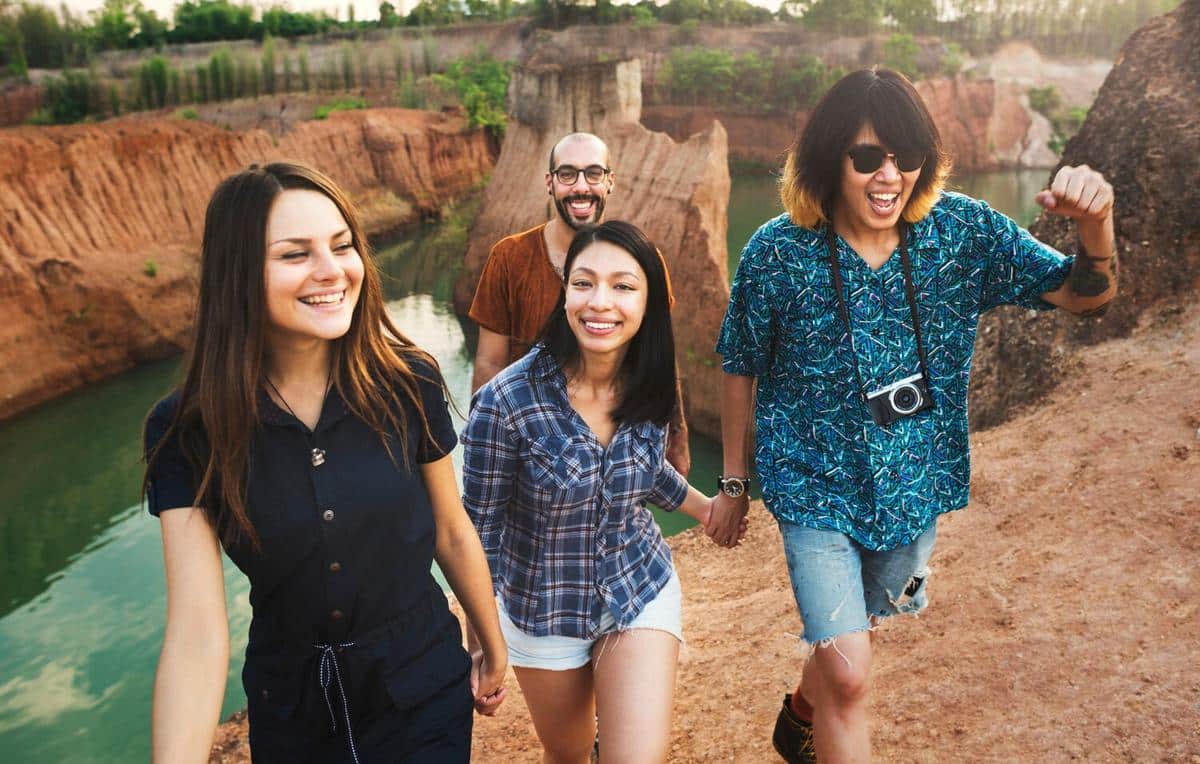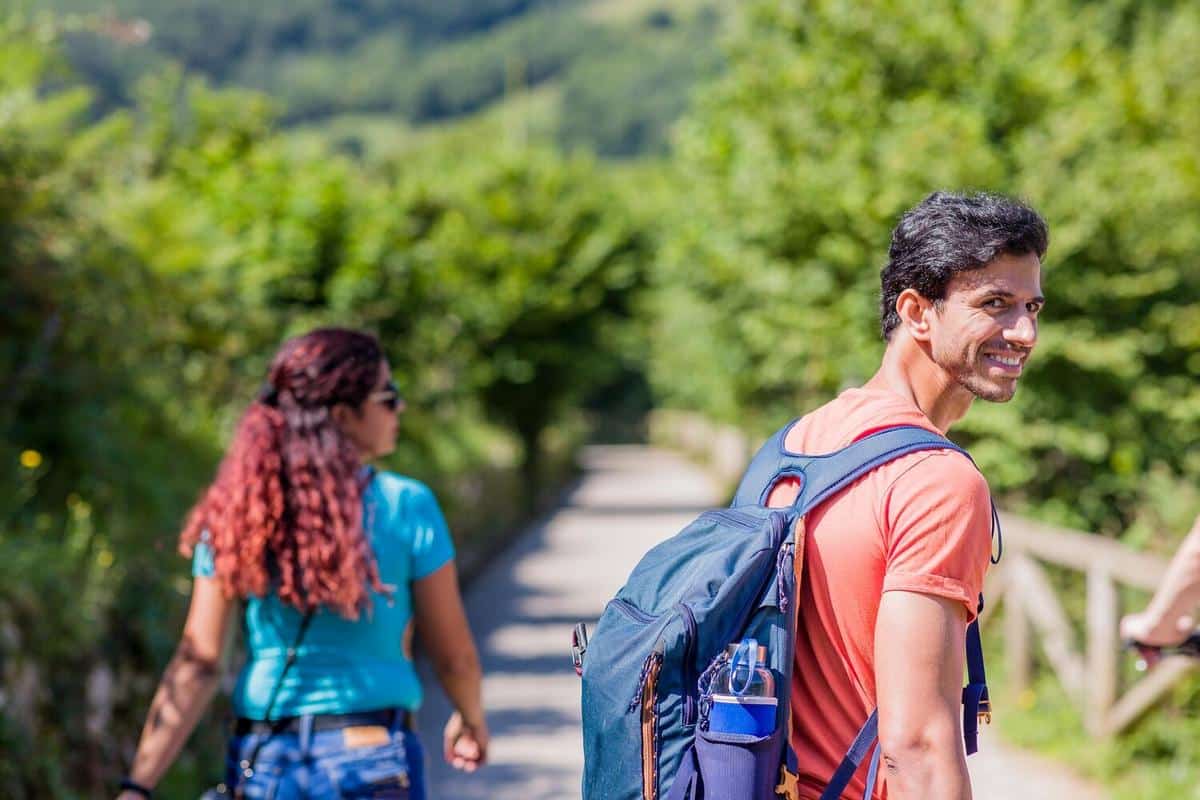
The Art of Slow Travel: Savoring Each Moment in a Fast-Paced World
Imagine a journey where the destination is just the beginning, a path where the essence lies in the experiences gathered along the way. The art of slow travel invites us to savor each moment, offering an antidote to our rapidly moving world.
The Essence of Slow Travel
Slow travel is not just about taking your time; it’s a philosophy that encourages immersion in the local culture, fostering a deeper connection with the places you visit. This approach contrasts starkly with the ‘checklist tourism’ that often dominates travel agendas. According to Carl Honore, author of ‘In Praise of Slow’, embracing a slower pace can lead to more meaningful travel experiences.
The Benefits of Slow Travel
- Cultural Immersion: Engaging with locals and participating in community activities enrich your understanding of the place.
- Environmental Impact: Traveling slowly often means lower carbon footprints, as it encourages the use of public transport or walking.
- Mental Well-being: Slower travel reduces stress and allows for a more relaxing experience.
Statistics and Research
A recent study by the Adventure Travel Trade Association highlights that travelers who engage in slow travel report higher satisfaction rates. Additionally, the Global Wellness Institute points out that travel focused on well-being is growing at twice the rate of general tourism.
Personal Stories
Consider the journey of Alex, who spent a month in a small Italian village. By participating in local festivals and learning traditional cooking, Alex gained insights into the region’s culture that a rushed itinerary could never provide.
Actionable Tips for Slow Travel
- Stay Longer: Choose fewer destinations and spend more time in each.
- Use Local Transport: Opt for buses, trains, or bikes to explore.
- Engage with Locals: Attend local events and workshops.
- Unplug: Disconnect from digital distractions to fully engage with your surroundings.
Comparison Table: Fast Travel vs. Slow Travel
| Aspect | Fast Travel | Slow Travel |
|---|---|---|
| Duration | Short | Extended |
| Pace | Hectic | Leisurely |
| Focus | Major attractions | Local culture |
| Transportation | Flights, taxis | Trains, walking |
| Interaction | Limited | Deep engagement |
| Environmental Impact | Higher | Lower |
| Mental Health | Stressful | Relaxing |
| Satisfaction | Moderate | High |
FAQs
What is slow travel?
Slow travel is a mindset that prioritizes quality over quantity, encouraging travelers to spend more time experiencing the culture and lifestyle of their destination.
How can slow travel benefit the environment?
By reducing reliance on air travel and opting for local transportation, slow travel minimizes carbon emissions and supports sustainable tourism.
Can slow travel be more cost-effective?
Yes, spending more time in fewer places can reduce transportation costs and allow for more budget-friendly, authentic experiences.
Conclusion
The art of slow travel offers a refreshing perspective on exploration, urging us to value quality over quantity. By embracing this approach, travelers can foster meaningful connections, enhance personal well-being, and contribute positively to local communities. As you plan your next adventure, consider slowing down and savoring each moment. Your journey will be all the richer for it.


